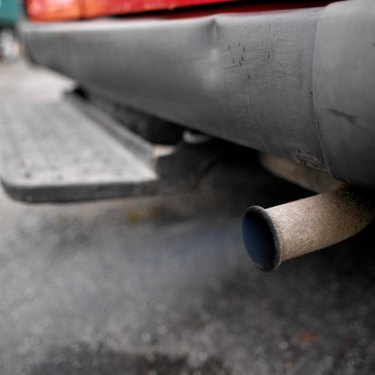
A solenoid purge valve is used to regulate automotive emissions. This computer-controlled valve prevents unused fuel vapors from escaping into the atmosphere while the engine is off. The vapors are stored in the charcoal canister system. The unused fuel vapors are recycled into the combustion chamber when the engine is started.
Location
The purge solenoid valve is on or near the throttle body of modern car engines. The purge valve is located on the top of the charcoal canister assembly in cars which were built in the 1970s to mid-1980s. The canister assembly of the older cars was placed in a corner of the engine bay.
Self Test
The purge solenoid valve is controlled by the power train control module. The valve remains closed when the car's on-board computer monitoring system initiates a self test. When the test is complete, the stored vapors are introduced into the combustion chamber.
Faulty Valve Components
The solenoid purge valve is part of the emission system. Therefore, a faulty valve may cause the "Service Engine Soon" light to illuminate. Hoses should be connected firmly to the solenoid purge valve. If a hose or line is cracked or oil-soaked, it must be replaced with fuel resistant hoses for canister systems.